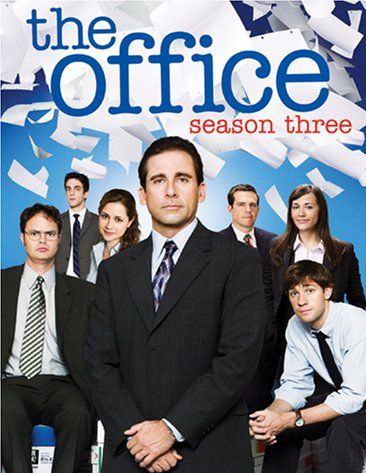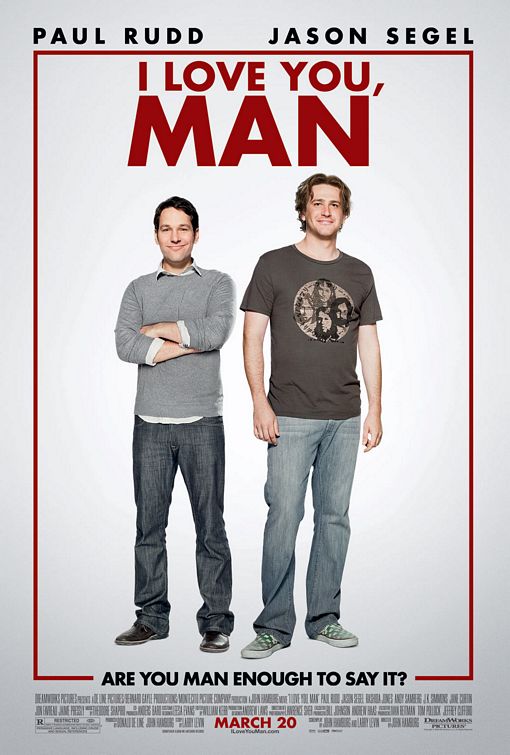Diversity. Mobility. Productivity. What are they good for, besides ending with '-ity'?
Not so very long ago, most people came to the office at the same time every day, dressed the same, acted the same, left at the same time and kind of meandered through the day at a steady pace.
You knew where you stood. You knew where everyone else stood, too.
Not that there wasn’t any
diversity, no sir. You had women in a low-paid clerical roles, the proverbial ‘new kid’, a couple of older folks who'd been around forever and maybe even one or two people of a different race or ethnicity.
There was
mobility back then, too. I mean, you could totally work from home, just not during office hours. And
productivity basically meant meeting your deadlines with a couple of minutes to spare.
Back then, becoming a manager was either a matter of past achievement or favoritism and being a good manager mostly meant looking the part and telling people what to do.
Oh, wait, that part about managers is still mostly true, even though pretty much everything else has completely changed. And it worked OK back then because things were slower and the workforce was more homogenous so you didn’t need as much… finesse to lead people. But today?
Today it’s a different world. And when the world changes, the things you need to do to be successful also change. Let’s take a closer look at these same ‘ity’s’ that - if we really think about them - make it clear that the old ways of selecting and evaluating managers won't cut it any more:
DIVERSITY
People eating spicy food and going to church on different days is the least of it. You’ve got up to 4 generations on your team, 20% contingent workers (on average), different races, ethnicities and attitudes, team members all around the world and all of a sudden everyone’s an ‘individual’ and wants special attention, fabulous development opportunities and flexible working hours. Not to mention half of them aren’t even THERE on any given day.
But there it is. We can either see all this diversity as a management headache or as an opportunity to foster new ideas and ways of working. Here are some
ideas about good diversity management as well as a short post about
what makes diversity pay. And don't miss Tim Sackett's foundational
guide to white people.
The good news is that good diversity management looks a lot like good management so we can think of good diversity management as a twofer.*
*Please note this is the ONLY time we will ever use the word ‘twofer’ in conjunction with diversity. Seriously.
MOBILITY
WFH. OOO. AOAC. If you don’t know what at least
one of these acronyms stand for you might want check your pager in case 1990’s trying to reach you. Given new innovations in mobile technology as well as recent studies correlating autonomy and engagement, isn’t it time to let people work when they want, how they want and where they want? Just a thought.
If you're just getting started with the whole 'mobile' thing, here are some tips for
managing remote workers. I also recommend Patty Azzarello’s various blog posts about how to be effective working remotely.
PRODUCTIVITY
In an uncertain economy where doing more with less has become the new corporate black, productivity is clearly a business imperative. So why is American productivity at an all-time low? There are several culprits, although this list is not exhaustive:
- Meetings - A poorly run or unnecessary meeting costs more than you may realize in terms of productivity and opportunity. Check out this post about the hidden costs of meetings and next time you call a meeting think 'brevity,' another 'ity' word.
- Tools - As soon as you reach a critical mass of people and/or locations, the cost of not having proper collaboration tools - such as a corporate wiki where information can be shared, web and video conferencing, Internet and device access - will start to add up.
- Committees - Nothing is quite as big a time sink as not having a clear topic owner. Assign one and let them do their job. Enough said.
- Admin - A certain amount of paperwork is everyone’s lot in corporate life. However, once dealing with admin exceeds 10% of the standard work week, there’s a problem, Houston.
And guess what? If you're the manager, it's
your job to help very different people - including 'locationally challenged' people - work well together and do their jobs quickly and effectively.
Diversity. Mobility. Productivity. Like I said, you need an '-ity' strategy.
It isn't always easy. But hey, that’s why managers get the big bucks and absolute power, right?
For more on the
perils of modern management, click over to Dave Ryan's post at
HR Official, which is always worth checking out.



































